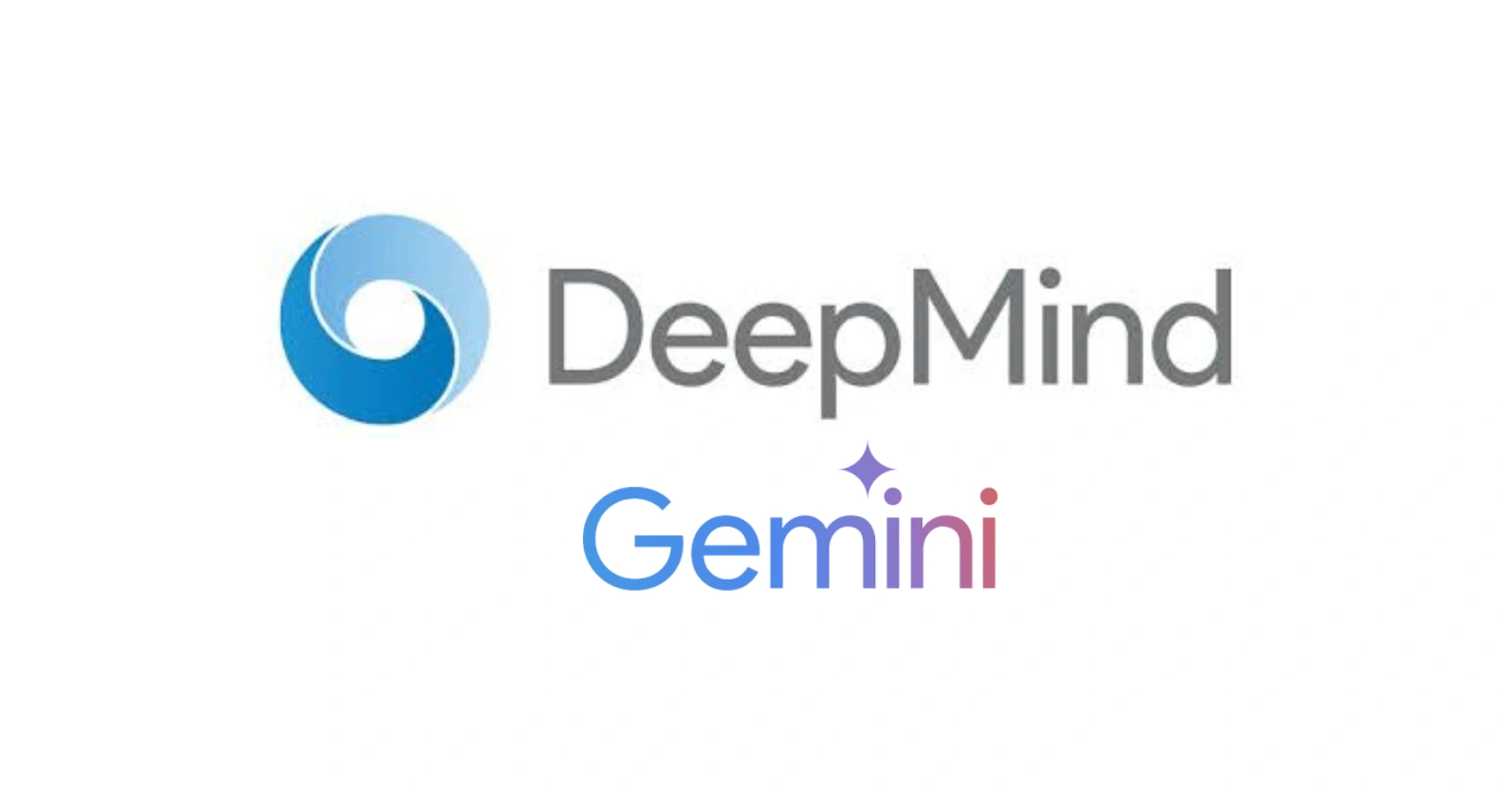In a development that underscores the rapid evolution of artificial intelligence, Google DeepMind announced on September 17, 2025, that an advanced version of its Gemini 2.5 model, dubbed Deep Think, had attained gold-medal level performance at the International Collegiate Programming Contest World Finals in Azerbaijan. This feat places the AI among the top performers in a field of 139 elite university teams, solving complex algorithmic challenges that mirror real-world engineering dilemmas. The accomplishment not only highlights progress in AI reasoning but also sparks discussions on its broader implications for industries reliant on sophisticated problem-solving.
The contest, held annually and regarded as one of the most prestigious events in competitive programming, tests participants on their ability to devise efficient solutions under time constraints. Gemini 2.5 Deep Think tackled 12 problems, succeeding in 10, including a particularly demanding optimization task involving fluid distribution through interconnected reservoirs and ducts.
This problem, rooted in fluid dynamics, required balancing efficiency with physical constraints, a scenario that no human team fully resolved during the event. Such performance draws parallels to earlier AI triumphs, yet it extends into domains with direct applicability to practical challenges.
Technical Foundations of the Breakthrough
At the core of Gemini 2.5’s success lies a hybrid architecture that merges neural networks for pattern recognition with symbolic reasoning modules for logical deduction. This integration allows the model to handle multi-step problems that demand both intuition and precision. Reinforcement learning techniques, refined through extensive training on simulated scenarios, enable the AI to adapt strategies dynamically, much like a seasoned programmer iterating on code.
Google’s Tensor Processing Units played a crucial role in scaling the model’s training, distributing computations across vast arrays to manage trillion-parameter networks efficiently. While specifics on the exact computational resources remain undisclosed, estimates from industry analyses suggest exascale-level processing, involving thousands of specialized cores. This setup facilitates meta-learning, where the system optimizes its own learning process, converging on solutions up to ten times faster than prior models.
In comparison to predecessors, Gemini 2.5 builds on DeepMind’s legacy, from AlphaGo’s mastery of the ancient game of Go in 2016 to AlphaFold’s Nobel Prize-winning protein structure predictions in 2024. The new model incorporates advancements in distributed training and synthetic data generation, creating billions of virtual problem-solving trajectories to bolster robustness. For instance, in logistics simulations, similar approaches have reduced energy consumption by up to 17 percent in electric vehicle fleet management, as demonstrated in enterprise pilots.
Competitive Landscape and Parallel Achievements
The 2025 ICPC also saw participation from other leading AI labs, intensifying the race in advanced reasoning capabilities. OpenAI’s GPT-5 model achieved a perfect score, solving all 12 problems and claiming top honors. This dual dominance by Google DeepMind and OpenAI underscores a collaborative yet competitive push toward more versatile AI systems. Both models outperformed human competitors, with Gemini 2.5 ranking second overall and GPT-5 first, highlighting how AI can now rival or surpass specialized human expertise in structured environments.
Experts note that these results stem from refined training regimes. For Gemini 2.5, the focus on hybrid systems addresses limitations in pure neural approaches, which excel in perception but falter in abstract logic. OpenAI’s entry, meanwhile, emphasizes few-shot learning, adapting with minimal examples. Such parallel breakthroughs reflect broader trends, as seen in recent X discussions where developers praised Gemini’s instruction-following prowess in early tests.
To illustrate the competitive edge, consider the following table summarizing key performances at the 2025 ICPC:
| AI Model | Problems Solved | Ranking | Key Strength | Source |
|---|---|---|---|---|
| Gemini 2.5 Deep Think | 10/12 | 2nd | Fluid dynamics optimization | DeepMind Blog |
| GPT-5 | 12/12 | 1st | Perfect execution across tasks | VentureBeat |
| Top Human Team | 9/12 | 3rd | Collaborative coding | The Guardian |
This comparison reveals AI’s efficiency in time-bound scenarios, with Gemini completing the standout fluid task in under 30 minutes.
Industry Implications and Real-World Applications
Beyond the contest arena, Gemini 2.5’s capabilities promise transformative effects across sectors. In manufacturing and logistics, the model’s optimization skills could streamline supply chains, factoring in variables like regulatory constraints and real-time data. A case study from intercity mobility firms shows hybrid AI reducing development timelines by 30 percent through automated decision-making.
Healthcare stands to benefit from accelerated research and development, where AI-assisted simulations could expedite drug discovery by modeling molecular interactions with greater accuracy. Similarly, in finance, enhanced reasoning might refine risk assessments, incorporating symbolic logic to navigate complex market rules. Educational tools could evolve as well, with AI tutors guiding students through advanced problems, fostering deeper understanding.
However, deployment requires addressing integration challenges. Enterprises must navigate API layers for seamless adoption, ensuring compatibility with existing infrastructures. Google’s Universal AI API, for example, simplifies this by handling model provisioning and access controls, allowing firms to focus on application-specific tuning.
Expert Views and Critiques
Reactions from the scientific community blend admiration with caution. Quoc Le, vice president at Google DeepMind, described the achievement as surpassing AlphaGo in scope, given its ties to real-world reasoning. Dr. Angela Rivera, an AI researcher, hailed the hybrid architecture as a step toward general intelligence, bridging gaps in deep learning.
Skeptics, including Stuart Russell from UC Berkeley, emphasize the need for verification, pointing to the lack of disclosed compute costs and potential overfitting to contest benchmarks. Prof. Martin Liu, a computational linguist, warns that open-ended real-world scenarios may expose limitations in symbolic engines. Industry leaders like Emma Johnson from cloud services highlight scalability concerns, noting that trillion-parameter models demand resources beyond most organizations’ reach.
Transparency remains a focal point. The Edelman 2025 Trust and Technology Report indicates 68 percent of business leaders now doubt AI vendor claims, up from previous years. Calls for independent benchmarks and reproducible results grow louder, echoing Oxford’s Michael Wooldridge, who questions transferability to everyday applications.
Ethical considerations also surface. Risks include over-reliance on AI in critical systems, potential biases in decision pathways, and data privacy issues. Governance frameworks, such as those proposed by regulatory bodies, advocate for explainability reports and fairness audits to mitigate these.
Challenges and the Path to Broader Adoption
Despite the acclaim, hurdles persist. The model’s failures on two tasks underscore blind spots, possibly in edge cases or ambiguous constraints. Generalization beyond controlled environments demands further testing, as real-world data often introduces noise absent in contests.
Compute affordability poses another barrier. While giants like Google leverage vast infrastructure, smaller entities may struggle, prompting calls for democratized tools. Advances in model compression could enable edge deployments, reducing latency and enhancing privacy.
Looking ahead, standardization of hybrid AI may emerge, similar to ONNX for model exchange. Regulatory guidelines will likely evolve to ensure accountability, particularly as AI tackles multifaceted problems in transportation, energy, and beyond.
Future Trends Shaping AI Development
This breakthrough aligns with accelerating trends in AI labs worldwide. Rival advancements, such as Anthropic’s Claude updates, fuel a cycle of innovation, though “breakthrough fatigue” risks diluting genuine progress. Social platforms like X.com buzz with developer insights, from praise for Gemini’s image editing and parallel reasoning to critiques of output consistency.
Long-term, AI-augmented workforces could redefine collaboration, with humans overseeing ethics while machines handle strategy. Pilots in fleet management illustrate this, optimizing routes and maintenance for sustainability gains.
In essence, Gemini 2.5’s ICPC performance marks a milestone in AI’s journey toward versatile intelligence. As verification processes catch up and applications expand, this development could catalyze solutions to pressing global challenges, from climate modeling to infrastructure design. The tech community watches closely, balancing excitement with the rigor needed to sustain trust and progress.



